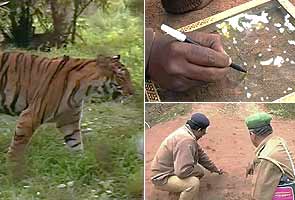Ø
As the global business elite converge on Davos for the World Economic Forum
(WEF), two Central Ministers and two Chief Ministers
will be pitching the Modi government’s ambitious ‘Make in India’ programme amid
renewed international interest in India’s economic potential. The Indian
contingent is being led by Union Finance Minister Arun Jaitley and includes
Power Minister Piyush Goyal and the Chief Ministers of Maharashtra and Andhra
Pradesh, Devendra Fadnavis and N. Chandrababu Naidu, along with Chief Economic
Adviser Arvind Subramanian. Industry Secretary Amitabh Kant is also a
key member of the Indian contingent.
Ø
Ending an eight-year dispute on spectrum
sharing with defence, the Union Cabinet earmarked bands for exclusive use of
the security establishment while making available the remaining radio waves for
commercial use in telecom and broadcasting.
Ø
Google likes its ambitions sky high. This time,
it has gone a little further. The Internet giant, along with Fidelity, has
invested $1 billion in Space
Exploration Technologies (SpaceX), the private
rocketry company founded by Elon Musk. The move could help Google
achieve its aim of bringing satellite Internet to remote corners of the world
while giving SpaceX more money for its founder to pursue dreams of going to
Mars. In addition to a payoff on its investment, Google may be seeking
to put itself into orbit. Last year, Google bought Skybox Imaging, a
maker of small, high-resolution imaging satellites, for about $500 million.
Google already offers satellite imagery in its Google Earth product but must
purchase these images from multiple sources, often receiving what company
executives have said is uneven image quality. Google may also be
interested in developing satellites with other kinds of sensors, like infrared
detectors that show the health of crops, or lasers that can pierce forest
canopies to show underlying terrain.
Ø
According to the ‘Status of Tigers in India, 2014’ released recently, tiger numbers rose from 1,706 to 2,226 between 2010
and 2014. The numbers were arrived at by a double sampling approach that brings
together data gathered from ground surveys and camera-traps to estimate tiger
abundance.


No comments:
Post a Comment